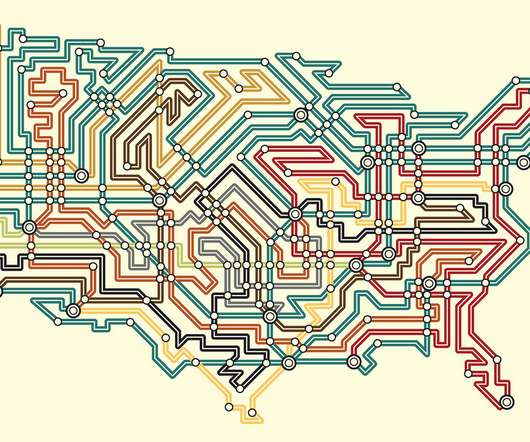[Guest Post] The Future of Learning is Now
Education Elements
JUNE 8, 2016
The Jaquelin Hume Foundation’s mission is to accelerate the implementation of high quality blended/personalized learning in America’s schools. During that time, I was proselytizing for the introduction of technology as an integral part of the curriculum, a mantra that mostly fell on deaf ears. So we were off and running.


















Let's personalize your content